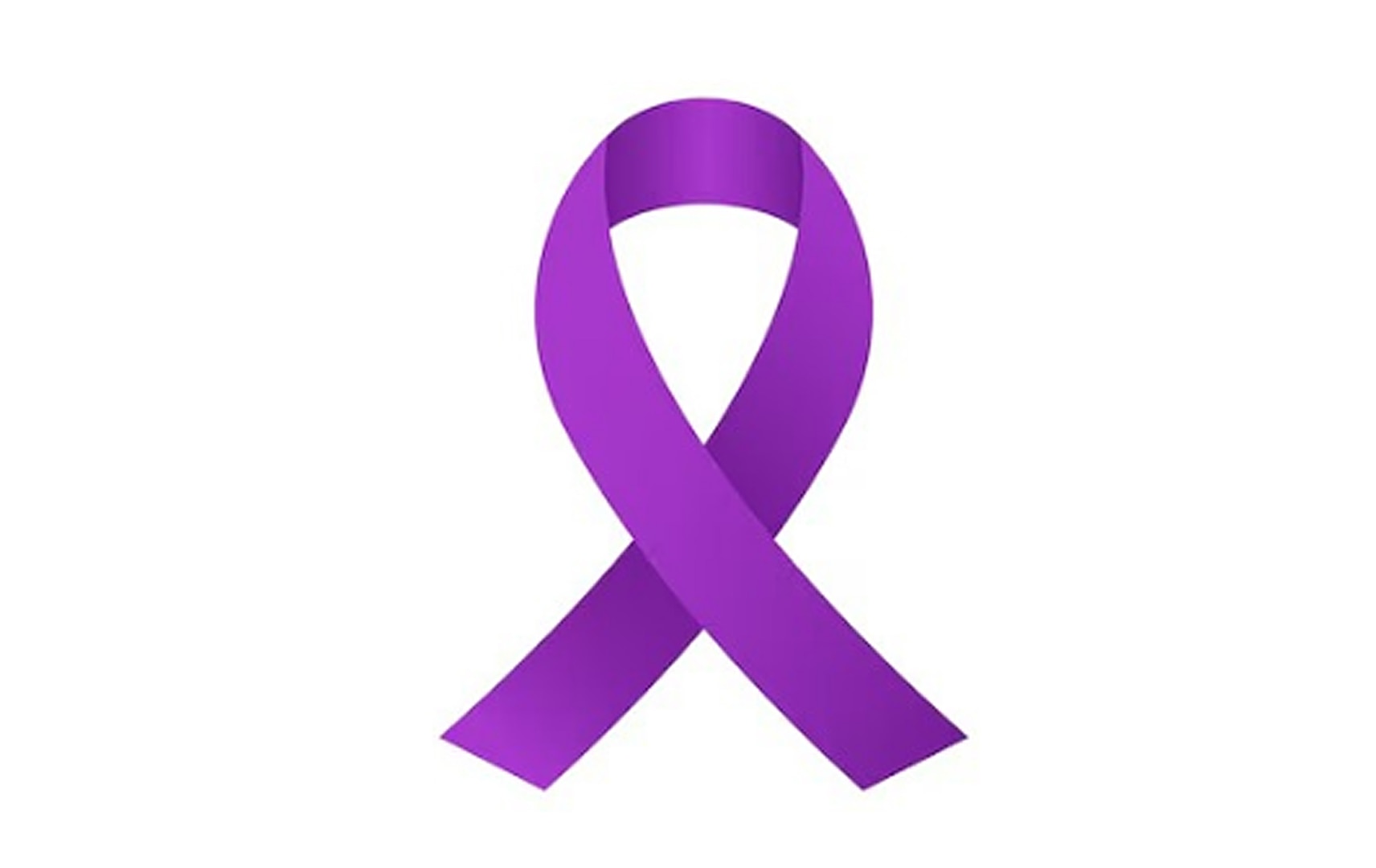No matter your relationship status, understanding the dynamics of healthy relationships is


Sustainable Development Goals (SDGs) and Domestic Violence Awareness Month

Introduction
Domestic Violence Awareness Month is a time to be aware of the signs that contribute to having a healthy relationship, or an unhealthy one. Awareness, regardless of your relationship status—single, dating, or in a committed partnership—can be the key to preventing a potentially violent situation, before it starts.
The Coast Guard’s Partnership
The Coast Guard partnered with the Department of Defense (DOD) in its campaign, “United Against Domestic Violence.” It calls for the military community to focus on increased awareness of, prevention, and early intervention in domestic abuse situations.
The Campaign Messages
The campaign focuses on two primary messages: “What’s Inside,” and “Pause,” for either those being impacted by the harmful behaviors of others, and those who are exhibiting those behaviors toward others and would like help.
Importance of Healthy Relationships
“We all deserve relationships that are free from abuse and violence,” said the Coast Guard’s Family Advocacy Program Manager Johanna MacGillivray. “If you are noticing warning signs of harmful behaviors from your partner, or you are experiencing abuse, or if you want to change your harmful behaviors towards a loved one—we can help you.”
Teaching Skills for Healthy Relationships
MacGillivray added, “One mission of the Family Advocacy Program is to teach couples specific skills and strategies for how to communicate effectively, work as a team to problem-solve, manage destructive conflict and enhance love, commitment, friendship, and safety.”
Suggestions for Developing a Healthy Relationship
- Practice safe effective communication. It’s important that partners feel they can communicate openly and honestly. If you become angry while speaking with your partner, consider taking a short break until you can calm down and then resume communication.
- Establish healthy boundaries. Every relationship needs to create mutual boundaries that encourage respect, trust, and appreciation of one another’s contributions.
- Build and maintain a support system. If there is a conflict in your relationship, ensure that you have a network of family, friends, community members, or a support group that you can turn to for advice and guidance. It’s important to know that you will not be alone in the event of a crisis.
- Practice technology safety. Be cognizant and respectful of what you post on social media. Although social media platforms promote visibility, try not to include personal identifying information.
- Know your rights. Ensure that you understand your rights within your relationship and where and when to seek help, if needed.
Danger Signs in a Relationship
- Intentional insults
- Escalation, which are often negative comments that spiral into anger and frustration
- Invalidation of partners’ emotions or beliefs
- Withdrawal and avoidance from conversations, which prevents conflict resolutions
- Negative interpretations, which is when your partner consistently believes that the motives of others are more negative than is the case
- Blaming
- Intimidation
- Jealousy
- Exhibiting power and controlling behaviors towards their partner
- Destruction of property
- Physical or sexual aggression
Seeking Help
“If you sense that an interaction with your partner is beginning to escalate negatively, the best thing to do is to tell your partner that you’re taking a time-out, and walk away,” said MacGillivray. “Domestic Abuse can range from mild to life-threatening, so it’s essential that you seek help, whether you are the person harming or being harmed. Every person’s situation is different, and so is the support that you may need.”
Resources
- If you are a victim of intimate partner abuse or need help with feeling safe in your relationship, contact your local Work-Life Field Office, Family Advocacy Program, at 1-202-475-5100. A Family Advocacy Specialist is available to offer free and confidential support, counseling, safety planning, and resources.
- CG SUPRT is available to assist active-duty members, reservists, civilian employees, and family members with a full range of issues such as financial matters, relationship discord, and other work-life stressors. You can also visit www.cgsuprt.com.
- Chaplains – call 1-855-USCG-CHC (872-4242) or connect with them online.
- Coast Guard Mutual Assistance: To request assistance with CGMA’s Safe Harbor Program, which empowers intimate partner abuse survivors and their children with a fresh start, please contact Jessica Manfre, CGMA’s case manager, at jessica.manfre@cgmahq.org or 571-438-9501.
- Coast Guard Legal Assistance – Coast Guard legal assistance attorneys provide advice and counsel regarding personal legal matters at no cost. Located at Legal Assistance – Find-A-Legal-Assistance-Lawyer (uscg.mil).
- The National Domestic Violence Hotline at 1-800-799-7233 (SAFE). This hotline can provide information regarding shelters, housing, counseling, job training, and legal assistance in your area.
- The Childhelp National Child Abuse Hotline – provides support to those concerned about or affected by child abuse and provide appropriate, individualized guidance for those who reach out. Call 1-800-422-4453 or visit online at Childhelp National Child Abuse Hotline | (childhelphotline.org).
SDGs, Targets, and Indicators
1. Which SDGs are addressed or connected to the issues highlighted in the article?
- SDG 5: Gender Equality
- SDG 16: Peace, Justice, and Strong Institutions
The article discusses domestic violence and the importance of preventing and addressing abusive behaviors within relationships. This aligns with SDG 5, which aims to achieve gender equality and empower all women and girls. It also relates to SDG 16, which focuses on promoting peaceful and inclusive societies for sustainable development, providing access to justice for all, and building effective, accountable, and inclusive institutions at all levels.
2. What specific targets under those SDGs can be identified based on the article’s content?
- Target 5.2: Eliminate all forms of violence against all women and girls in the public and private spheres.
- Target 16.1: Significantly reduce all forms of violence and related death rates everywhere.
- Target 16.3: Promote the rule of law at the national and international levels and ensure equal access to justice for all.
The article emphasizes the need to prevent and address domestic violence, which aligns with Target 5.2 of SDG 5. It also discusses the importance of early intervention and awareness to reduce violence, which relates to Target 16.1 of SDG 16. Additionally, the article highlights the role of institutions and programs in providing support, counseling, and legal assistance, which connects to Target 16.3 of SDG 16.
3. Are there any indicators mentioned or implied in the article that can be used to measure progress towards the identified targets?
- Indicator 5.2.1: Proportion of ever-partnered women and girls subjected to physical, sexual, or psychological violence by a current or former intimate partner in the previous 12 months.
- Indicator 16.1.1: Number of victims of intentional homicide per 100,000 population, by sex and age.
- Indicator 16.3.1: Proportion of victims of violence in the previous 12 months who reported their victimization to competent authorities or other officially recognized mechanisms.
The article does not explicitly mention specific indicators. However, the indicators mentioned above can be used to measure progress towards the identified targets. These indicators focus on measuring the prevalence of violence against women and girls, the number of homicide victims, and the reporting of violence to authorities.
Table: SDGs, Targets, and Indicators
| SDGs | Targets | Indicators |
|---|---|---|
| SDG 5: Gender Equality | Target 5.2: Eliminate all forms of violence against all women and girls in the public and private spheres. | Indicator 5.2.1: Proportion of ever-partnered women and girls subjected to physical, sexual, or psychological violence by a current or former intimate partner in the previous 12 months. |
| SDG 16: Peace, Justice, and Strong Institutions | Target 16.1: Significantly reduce all forms of violence and related death rates everywhere. | Indicator 16.1.1: Number of victims of intentional homicide per 100,000 population, by sex and age. |
| SDG 16: Peace, Justice, and Strong Institutions | Target 16.3: Promote the rule of law at the national and international levels and ensure equal access to justice for all. | Indicator 16.3.1: Proportion of victims of violence in the previous 12 months who reported their victimization to competent authorities or other officially recognized mechanisms. |
Source: mycg.uscg.mil








